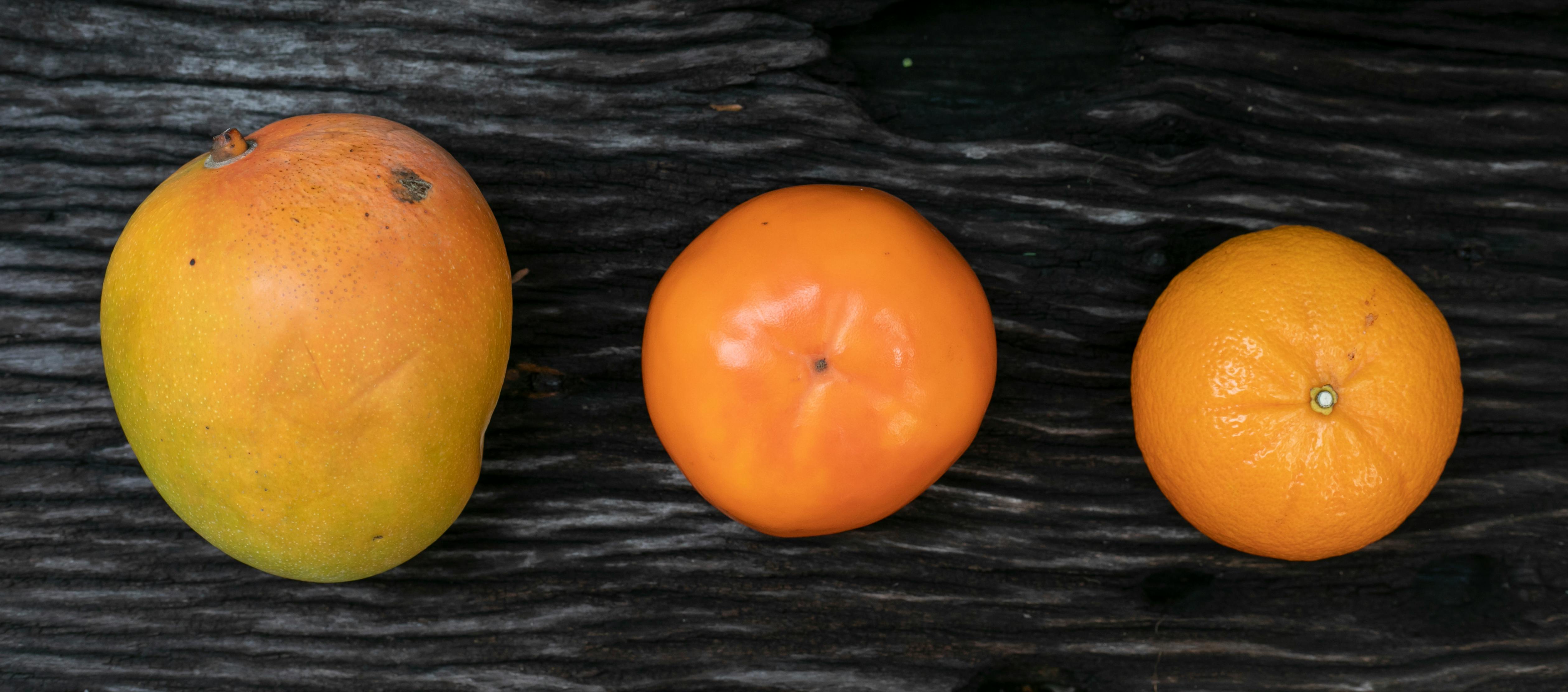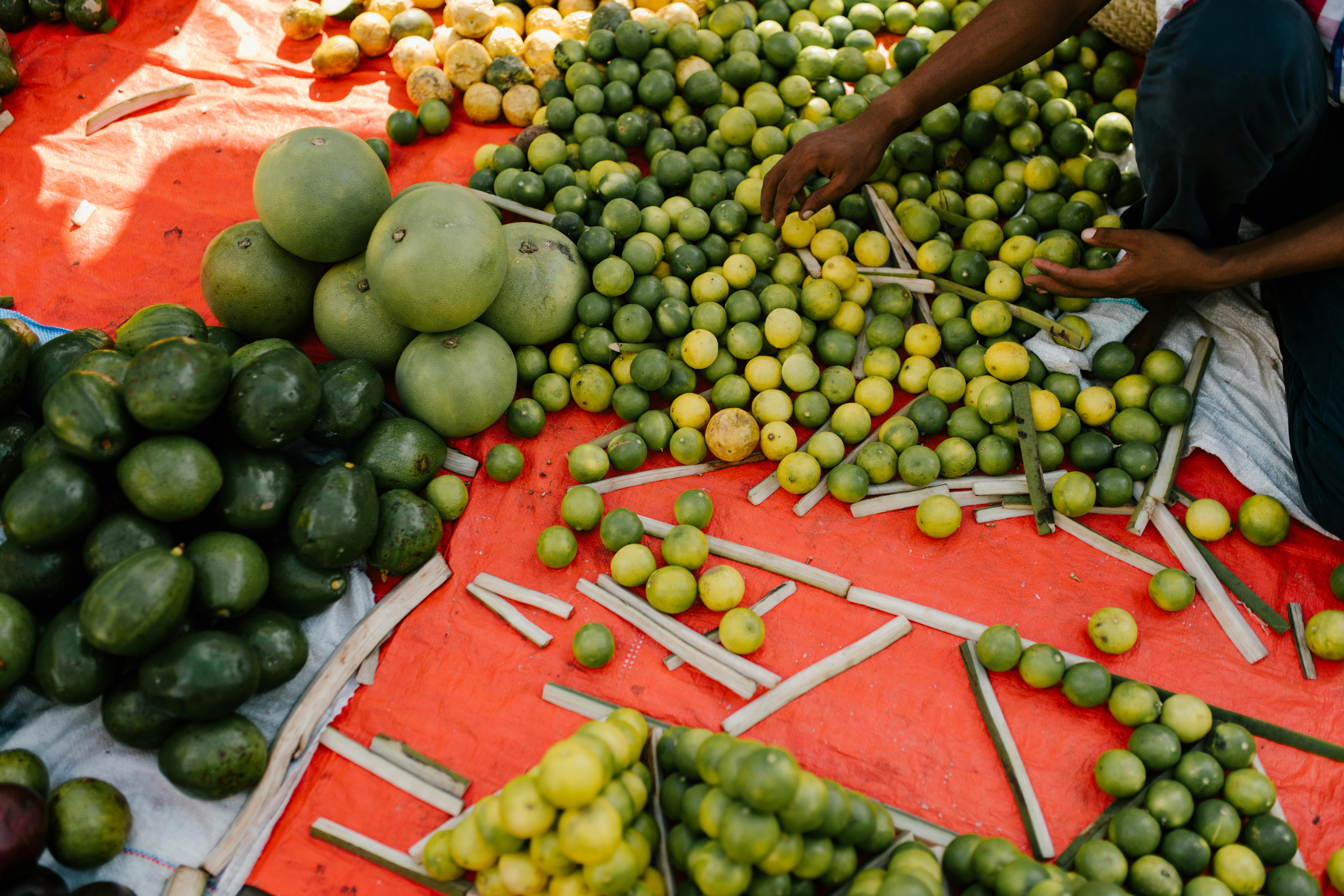What is a Citrus Fruit?
A citrus fruit is any fruit belonging to the citrus plant family, which includes lemons, limes, oranges, tangerines, grapefruits, and pomelos. All of these fruits are characterized by their juicy interior and zesty flavor. They are all packed with healthy nutrients including Vitamin C, potassium, folate, and fiber. Citrus fruits are known for their high levels of vitamin C and antioxidants which help protect against free radical damage in the body. They can also help reduce inflammation and help support a healthy immune system.Citrus fruits are widely available year-round in grocery stores and markets around the world. They can be eaten on their own or used in recipes for juices, marinades, salads, desserts and more. Citrus fruits make a great snack as they are low in calories but high in nutrition. Additionally, they can be used to add an extra zing to dishes such as sauces or dressings.
Citrus fruits have been used medicinally for centuries due to their antibacterial and antifungal properties. The aroma of citrus fruits has been known to reduce stress levels and promote relaxation. Citrus oil extracts can also be used topically as a natural remedy for various skin conditions such as acne or eczema.
Scientific Classification
Mangoes belong to the genus Mangifera and the family Anacardiaceae. They are evergreen trees with a fleshy drupe fruit that can measure up to 7-8 inches long and 4-5 inches wide. The scientific name for mango is Mangifera indica, which is derived from two Latin words: mango, meaning “mango tree,” and indica, meaning “of or relating to India.”Varieties
There are over 400 varieties of mangoes that differ in size, shape, color, flavor, and texture. Some of these varieties include Tommy Atkins, Haden, Keitt, Kent, and Alphonso. Each variety has its own unique characteristics such as color (ranging from green to yellow to red), shape (ranging from round to oval), flavor (ranging from sweet to tart), and texture (ranging from soft to firm).Cultivation
Mangoes are grown in tropical regions of Asia, Africa, South America, and the Caribbean. They require warm temperatures with plenty of water and sunlight in order for them to reach their full potential. The majority of mangoes are harvested between April and June in Asia. In the United States, they are typically harvested between May and July.Uses
Mangoes can be eaten raw or cooked in a variety of dishes such as chutneys, salads, curries, ice creams, smoothies, jams and jellies. They can also be used as an ingredient in baking cakes or as a topping for desserts. Additionally they are used for making juices or even wine.Appearance
Citrus fruits have a distinctive appearance, typically having a bright and colorful outer skin and a juicy inner pulp. The skin of citrus fruits can range from thin and delicate to thicker and more resilient, depending on the type of fruit. The flesh inside the fruit is usually divided into segments and can range in color from white to yellow or orange. Citrus fruits are typically round or oval in shape but can also have other shapes such as oblong or pear-like.Taste
Citrus fruits have a distinctive, tart flavor that is usually quite sour but can also be slightly sweet. Some citrus fruits are sweeter than others, with some varieties being more acidic than others. Generally, they have a high sugar content that gives them their sweet flavor while their acidity gives them their tartness.Nutrients
Citrus fruits are a good source of many essential vitamins and minerals, especially vitamin C, which helps to boost the immune system. They are also rich in dietary fiber which helps to keep the digestive system healthy. Citrus fruits contain antioxidants which help to protect cells from damage caused by free radicals. Additionally, they contain other vitamins such as B vitamins, calcium and potassium which are important for overall health and well-being.Uses
Citrus fruits are used in many different ways in cooking and food preparation. They can be eaten fresh as a snack or used as an ingredient in salads, desserts, juices or sauces. They can also be used to flavor drinks such as cocktails or mocktails and even baked goods such as muffins or cakes. Citrus zest is often used as an additional flavoring for savory dishes such as soups or stews while the juice is often used for marinades or dressings.Is Mango Related to Other Fruits?
Mango is a tropical fruit that belongs to the flowering plant family, Anacardiaceae. It is mainly grown in tropical and subtropical regions of the world. While mangos have unique qualities that make them different from other fruits, they are related to other fruits in some ways.The mango tree is related to other trees in the same family, such as cashew and pistachio trees. These trees also produce fruits with a similar flavor profile. The mangos themselves are related to other types of stone fruits like peaches, plums, and lychees. All of these fruits have a juicy interior surrounded by a thick skin and large seed in the center.The flavor of mango is unique compared to other fruits but it still contains some similarities. Mangos have sweet and tart qualities that can be found in other fruits as well. Like many tropical fruits, mangos contain an array of vitamins and minerals including vitamin C, A, potassium, magnesium, copper, iron, zinc and more.In conclusion, while mangos have unique characteristics that set them apart from other fruits, they are still related in many ways. From their flavor profiles to their nutritional values, mangos share similarities with many types of stone fruit and trees within the same family as well.
Are Mangos Part of the Citrus Family?
Mangos are often associated with citrus fruits, however, they are not actually part of the citrus family. In fact, mangos belong to their own unique family called the Anacardiaceae or cashew family. This family includes other tropical fruits like cashews, pistachios, and even poison ivy.Mangos have a sweet and tart flavor similar to that of a citrus fruit and are often used in dishes in place of lemons or limes. However, there are some key differences between mangos and citrus fruits that set them apart from one another. For example, mangos have a fibrous texture and smooth skin while citrus fruits have a more watery texture and can be quite rough on the skin.
Mangos also contain many vitamins and minerals that are not found in citrus fruits. These include vitamins A, B6, C, E, K as well as dietary fiber and essential minerals like potassium and magnesium. Furthermore, mangos also contain compounds which can help to boost our immunity and aid in digestion such as polyphenols and carotenoids.
In conclusion, while mangos may look similar to citrus fruits and have a similar taste they are actually part of their own unique family called the Anacardiaceae or cashew family. They also contain different vitamins and minerals than those found in citrus fruits making them a great addition to any diet!
Health Benefits of Eating Mangos
Mangos are a delicious and nutritious fruit that provides many health benefits. Mangos are loaded with vitamins, minerals, and antioxidants that can help boost your overall health. They are a good source of dietary fiber, which can help regulate digestion, lower cholesterol levels, and aid in weight loss. Mangos are also high in vitamin C, which helps to boost the immune system and protect against disease. Additionally, mangos contain a variety of other nutrients such as potassium, magnesium, iron, copper, and calcium.Mangos have numerous health benefits due to their high content of antioxidants. Antioxidants can help reduce inflammation in the body and fight off free radicals that can cause cell damage. Mangos also contain polyphenols which have been linked to improved cardiovascular health by reducing the risk of stroke and heart attack. Furthermore, mangos may be beneficial for controlling blood sugar levels due to their low glycemic index rating.
Eating mangos may also provide certain skin benefits due to their high content of vitamin A and vitamin C. Vitamin A is known for its ability to improve skin texture and reduce wrinkles while vitamin C helps protect skin from sun damage by increasing collagen production. Additionally, studies have suggested that eating mangos may help protect against certain types of cancer due to their high levels of carotenoids like beta-carotene.
Overall, eating mangos is an excellent way to get a wide range of vitamins and minerals into your diet while also providing numerous health benefits such as improved digestion, better cardiovascular health, balanced blood sugar levels, improved skin condition and even reduced risk of certain cancers.
Is Mango an Example of anAccessory Fruit?
Mangoes, with their luscious flesh and single seed, often spark curiosity about their classification. They exemplify a drupe, but understanding the concept of accessory fruit reveals their unique structure. Unlike typical drupes, the fleshy part of the mango develops from the receptacle, emphasizing the fascinating complexity of fruit classification.
Does Mango Contain Vitamin C like Other Citrus Fruits?
Yes, mangoes do contain vitamin C in varying amounts, like other citrus fruits. Mangoes are a tropical fruit that is rich in vitamins and minerals, including vitamin C. Vitamin C is an essential nutrient for human health and is important for the development and maintenance of many tissues and organs.Mangoes contain an impressive amount of vitamin C for a tropical fruit. A single cup of fresh mango provides about 45 milligrams of vitamin C, which is nearly three times the amount found in an orange or grapefruit. This makes mangoes a good source of this important nutrient.Vitamin C helps promote healthy skin and may also protect against certain types of cancer. It is also essential for proper immune system functioning and may help reduce the risk of heart disease. Additionally, it helps the body absorb iron from foods more efficiently.Mangoes are also a good source of other vitamins and minerals, such as fiber, potassium, magnesium, and folate. They also contain antioxidants that can help protect against free radical damage to cells in the body.To get the most benefits from mangoes, it’s best to eat them fresh or frozen rather than canned or processed versions, as these can be higher in added sugars or preservatives that can reduce their nutritional value. Eating a variety of fruits and vegetables is key to getting all the essential nutrients your body needs for optimal health.In conclusion, mangoes are an excellent source of vitamin C along with other essential vitamins and minerals that are important for overall health and wellbeing.

Conclusion
Mangoes are not considered a citrus fruit, despite having some similarities. Mangoes are actually a part of the drupaceae family, while citrus fruits belong to the rutaceae family. Although mangoes share similar characteristics with citrus fruits, such as their juicy interiors and slightly acidic taste, they have their own unique flavor and texture that make them stand out from other fruits.Mangoes are an incredibly versatile fruit that can be used in both sweet and savory dishes. They can be enjoyed fresh, dried, cooked or juiced and can even be used to make drinks and smoothies. The health benefits of eating mangoes are numerous as they contain vitamins, minerals and antioxidants that can help improve overall health.Overall, although mangoes share some similarities with citrus fruits, they have their own unique qualities and flavor which make them an important part of many cultures’ cuisines.Therefore, when it comes to deciding if mangoes are considered a citrus fruit or not, it is important to remember that despite having some similarities in terms of taste and texture they still remain in their own unique category of drupaceae family.



